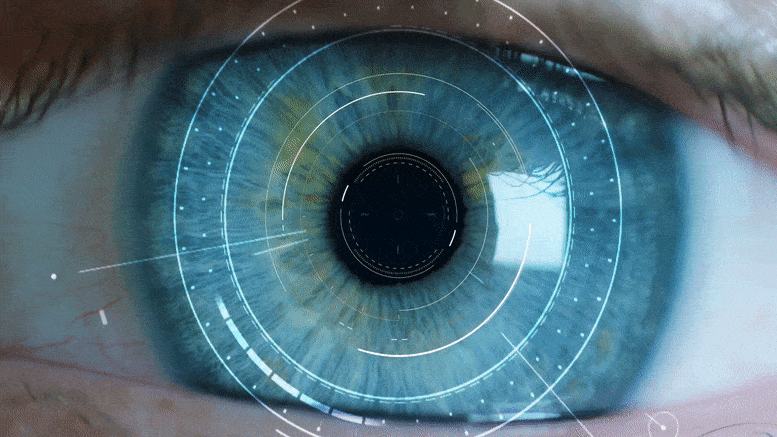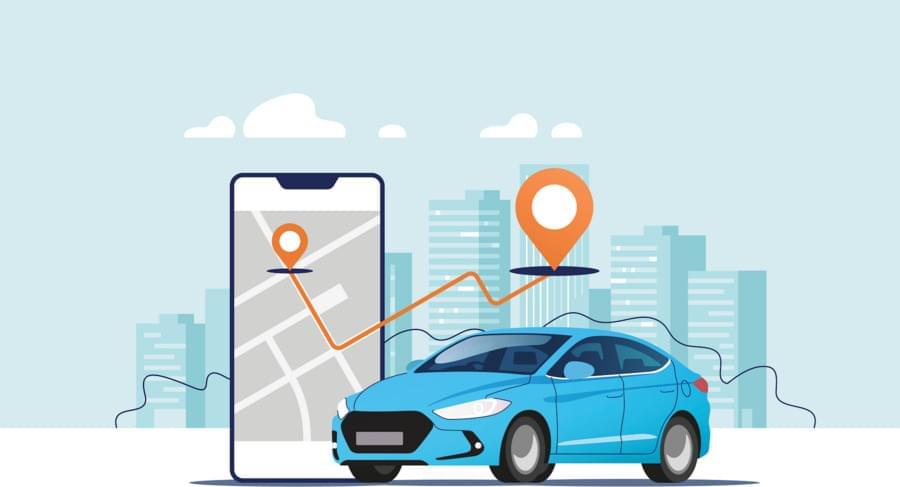IBM has announced a new type of Simulation Software which is meant to train Artificial Intelligence Robots interact with the real environment in a rapid and cost effective manner. This type of AI Model Training is potentially going to be the future of training going forward.
–
TIMESTAMPS:
00:00 A playground for Robots.
02:10 How these Virtual Worlds are made.
05:25 How Simulations improve Artificial Intelligence.
09:06 Last Words.
–
#ai #simulation #elonmusk
Category: robotics/AI – Page 1,755

New Artificial Intelligence System Enables Machines That See the World More Like Humans Do
A new “common-sense” approach to computer vision enables artificial intelligence that interprets scenes more accurately than other systems do.
Computer vision systems sometimes make inferences about a scene that fly in the face of common sense. For example, if a robot were processing a scene of a dinner table, it might completely ignore a bowl that is visible to any human observer, estimate that a plate is floating above the table, or misperceive a fork to be penetrating a bowl rather than leaning against it.
Move that computer vision system to a self-driving car and the stakes become much higher — for example, such systems have failed to detect emergency vehicles and pedestrians crossing the street.
‘Human-like’ brain helps robot out of a maze
A maze is a popular device among psychologists to assess the learning capacity of mice or rats. But how about robots? Can they learn to successfully navigate the twists and turns of a labyrinth? Now, researchers at the Eindhoven University of Technology (TU/e) in the Netherlands and the Max Planck Institute for Polymer Research in Mainz, Germany, have proven they can. Their robot bases its decisions on the very system humans use to think and act: the brain. The study, which was published in Science Advances, paves the way to exciting new applications of neuromorphic devices in health and beyond.
Machine learning and neural networks have become all the rage in recent years, and quite understandably so, considering their many successes in image recognition, medical diagnosis, e-commerce and many other fields. Still though, this software-based approach to machine intelligence has its drawbacks, not least because it consumes so.

Why AI is the future of fraud detection
The accelerated growth in ecommerce and online marketplaces has led to a surge in fraudulent behavior online perpetrated by bots and bad actors alike. A strategic and effective approach to online fraud detection will be needed in order to tackle increasingly sophisticated threats to online retailers.
These market shifts come at a time of significant regulatory change. Across the globe, new legislation is coming into force that alters the balance of responsibility in fraud prevention between users, brands, and the platforms that promote them digitally. For example, the EU Digital Services Act and US Shop Safe Act will require online platforms to take greater responsibility for the content on their websites, a responsibility that was traditionally the domain of brands and users to monitor and report.
Can AI find what’s hiding in your data? In the search for security vulnerabilities, behavioral analytics software provider Pasabi has seen a sharp rise in interest in its AI analytics platform for online fraud detection, with a number of key wins including the online reviews platform, Trustpilot. Pasabi maintains its AI models based on anonymised sets of data collected from multiple sources.
Using bespoke models and algorithms, as well as some open source and commercial technology such as TensorFlow and Neo4j, Pasabi’s platform is proving itself to be advantageous in the detection of patterns in both text and visual data. Customer data is provided to Pasabi by its customers for the purposes of analysis to identify a range of illegal activities — - illegal content, scams, and counterfeits, for example — - upon which the customer can then act.
Full Story:

Machine-learning system flags remedies that might do more harm than good
The system could help physicians select the least risky treatments in urgent situations, such as treating sepsis.
Sepsis claims the lives of nearly 270,000 people in the U.S. each year. The unpredictable medical condition can progress rapidly, leading to a swift drop in blood pressure, tissue damage, multiple organ failure, and death.
Prompt interventions by medical professionals save lives, but some sepsis treatments can also contribute to a patient’s deterioration, so choosing the optimal therapy can be a difficult task. For instance, in the early hours of severe sepsis, administering too much fluid intravenously can increase a patient’s risk of death.
To help clinicians avoid remedies that may potentially contribute to a patient’s death, researchers at MIT and elsewhere have developed a machine-learning model that could be used to identify treatments that pose a higher risk than other options. Their model can also warn doctors when a septic patient is approaching a medical dead end — the point when the patient will most likely die no matter what treatment is used — so that they can intervene before it is too late.
Full Story:

Machine learning speeds up vehicle routing
Strategy accelerates the best algorithmic solvers for large sets of cities.
Waiting for a holiday package to be delivered? There’s a tricky math problem that needs to be solved before the delivery truck pulls up to your door, and MIT researchers have a strategy that could speed up the solution.
The approach applies to vehicle routing problems such as last-mile delivery, where the goal is to deliver goods from a central depot to multiple cities while keeping travel costs down. While there are algorithms designed to solve this problem for a few hundred cities, these solutions become too slow when applied to a larger set of cities.
The solver algorithms work by breaking up the problem of delivery into smaller subproblems to solve — say, 200 subproblems for routing vehicles between 2,000 cities. Wu and her colleagues augment this process with a new machine-learning algorithm that identifies the most useful subproblems to solve, instead of solving all the subproblems, to increase the quality of the solution while using orders of magnitude less compute.
Their approach, which they call “learning-to-delegate,” can be used across a variety of solvers and a variety of similar problems, including scheduling and pathfinding for warehouse robots, the researchers say.
Full Story:

What If Doctors Are Always Watching, but Never There?
🤔
I would prefer it if the data was anonymized and handed back to the patient via an AI interface on the assessment, — Recommended actions and risks involved with each decision. It would then be up to the patient to share the data with a doctor or not, to decide how much data they want to share, and to what extent recommendations can interfere with their day to day life. I’m gonna have a glass of wine. AI: this is your 3rd glass today, do you want to know the risks associated with this decision? No. AI: ok-do you want to monitor vital health statistics in relation to drinking wine instead of water? No. AI; Do you want / Just shut up. Erase all records of my wine drinking and do not monitor this going forward. To live means to die, at least for now. Don’t touch my wine 🍷
Remote technology could save lives by monitoring health from home or outside the hospital. It could also push patients and health care providers further apart.

Passing the Turing Test: AI creates human-like text
Recently, OpenAI opened public access to GPT-3, one of the world’s most sophisticated AI writing tools. It might fool you in a conversation.
Is Relying Solely On Data From Published Studies A Suboptimal Strategy For Optimal Health?
Join us on Patreon!
https://www.patreon.com/MichaelLustgartenPhD
Paper referenced in the video:
Predicting age by mining electronic medical records with deep learning characterizes differences between chronological and physiological age.
https://pubmed.ncbi.nlm.nih.gov/29113935/